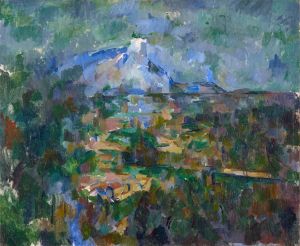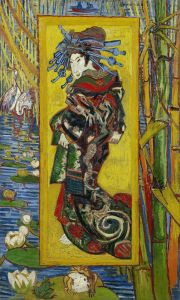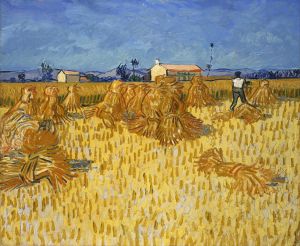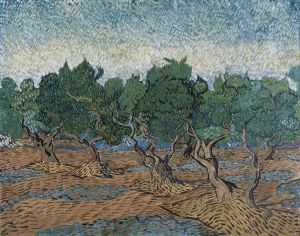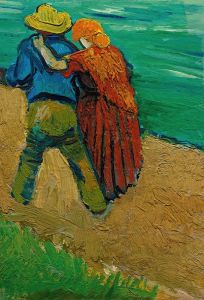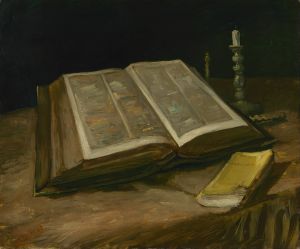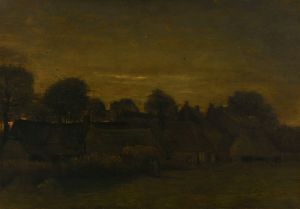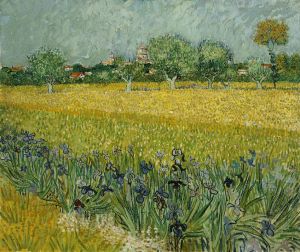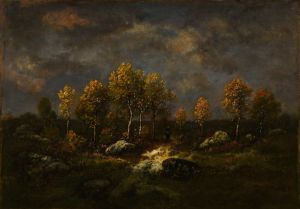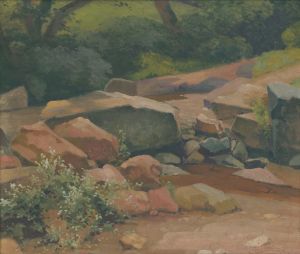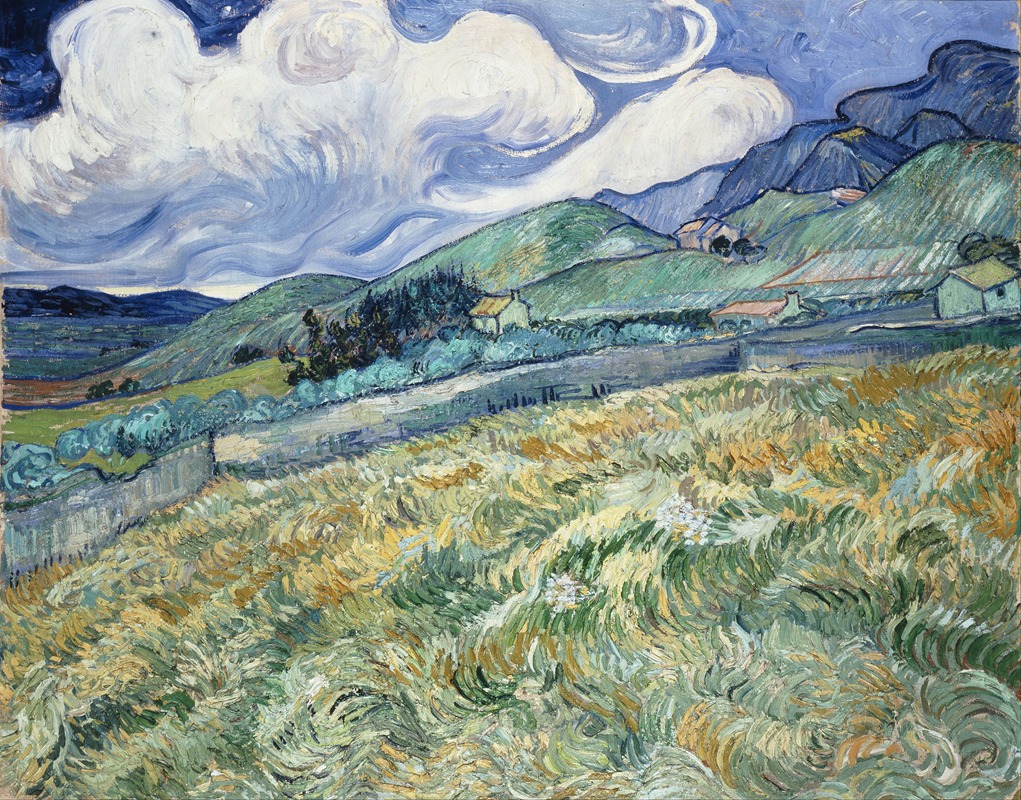
Landscape from Saint-Rémy
A hand-painted replica of Vincent van Gogh’s masterpiece Landscape from Saint-Rémy, meticulously crafted by professional artists to capture the true essence of the original. Each piece is created with museum-quality canvas and rare mineral pigments, carefully painted by experienced artists with delicate brushstrokes and rich, layered colors to perfectly recreate the texture of the original artwork. Unlike machine-printed reproductions, this hand-painted version brings the painting to life, infused with the artist’s emotions and skill in every stroke. Whether for personal collection or home decoration, it instantly elevates the artistic atmosphere of any space.
"Landscape from Saint-Rémy" is a painting by the renowned Dutch post-impressionist artist Vincent van Gogh. Created in 1889, this artwork is part of a series of landscapes that van Gogh painted during his stay at the asylum of Saint-Paul-de-Mausole in Saint-Rémy-de-Provence, France. Van Gogh voluntarily admitted himself to the asylum in May 1889, seeking treatment for his mental health issues. During his year-long stay, he produced some of his most celebrated works, drawing inspiration from the surrounding countryside.
The painting captures the essence of the Provençal landscape, characterized by its vibrant colors and dynamic brushwork, which are hallmarks of van Gogh's style. The composition typically features rolling hills, olive trees, and cypress trees, elements that frequently appear in his works from this period. The swirling, expressive lines and the vivid palette reflect van Gogh's emotional response to the natural environment, conveying both the beauty and the turbulence he perceived in the landscape.
Van Gogh's time in Saint-Rémy was marked by periods of intense creativity interspersed with episodes of mental distress. Despite these challenges, he was remarkably productive, creating over 150 paintings and numerous drawings. The landscapes he painted during this time are noted for their emotional intensity and innovative use of color and form, which would later influence the development of modern art.
"Landscape from Saint-Rémy" exemplifies van Gogh's ability to transform ordinary scenes into extraordinary expressions of his inner world. His use of bold, contrasting colors and dynamic brushstrokes imbues the painting with a sense of movement and vitality. The cypress trees, often seen as a symbol of death or eternity, are a recurring motif in his work, adding a layer of symbolic meaning to the composition.
Van Gogh's landscapes from Saint-Rémy, including this painting, are celebrated for their ability to convey the artist's personal vision and emotional state. They reflect his deep connection to nature and his desire to capture the essence of the world around him. His innovative approach to color and form challenged traditional artistic conventions and paved the way for future generations of artists.
Today, van Gogh's works from Saint-Rémy are held in high regard and are considered some of his most significant contributions to the art world. They are housed in various museums and private collections around the world, where they continue to be studied and admired for their artistic and historical significance.
In summary, "Landscape from Saint-Rémy" is a testament to Vincent van Gogh's enduring legacy as an artist who transformed his personal struggles into powerful and evocative works of art. Through his unique vision and masterful technique, he captured the beauty and complexity of the natural world, leaving an indelible mark on the history of art.





